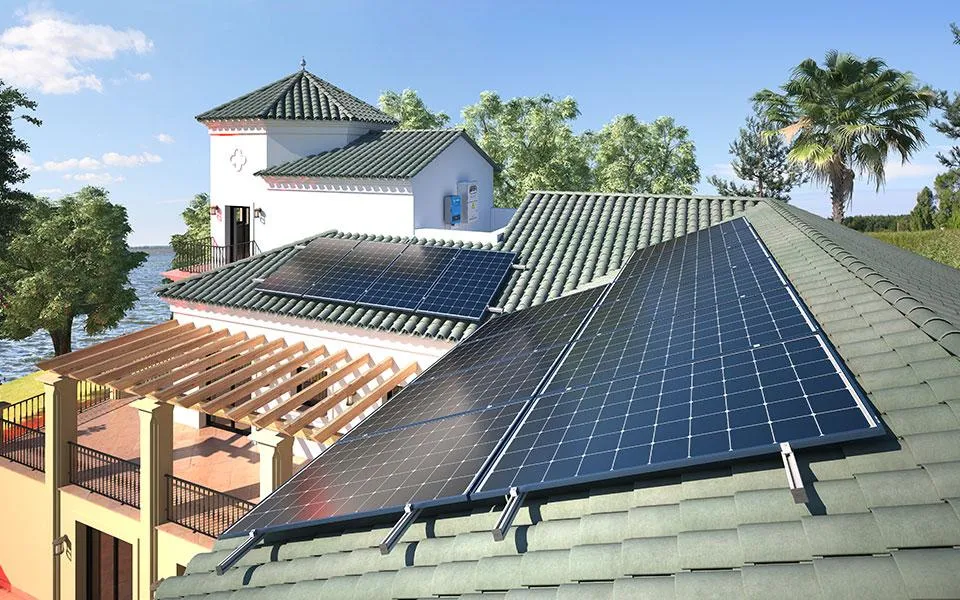size of a 300 watt solar panel
Understanding the Size of a 300 Watt Solar Panel
As the world grows increasingly aware of the importance of renewable energy sources, solar power has emerged as one of the most popular options for both residential and commercial applications. One of the key components of any solar energy system is the solar panel. In this article, we will focus on the size of a 300-watt solar panel, looking at dimensions, efficiency, and installation considerations.
What is a 300 Watt Solar Panel?
A 300-watt solar panel is designed to convert sunlight into electricity, generating a total power output of 300 watts under optimal conditions. This output can significantly contribute to a household or business's energy needs, especially when paired with other panels in a solar array. Understanding the physical size of these panels is essential for effective installation and energy planning.
Dimensions of a 300 Watt Solar Panel
The size of a 300-watt solar panel typically falls between 60 to 66 inches in length and 39 to 40 inches in width. In terms of area, this translates to approximately 16 to 18 square feet per panel. However, the exact dimensions may vary slightly depending on the manufacturer and the specific technology used in the panel's design.
For instance, traditional monocrystalline panels might have different dimensions compared to polycrystalline panels that yield the same wattage. While the wattage might remain constant, differences in manufacturing processes can lead to variances in dimensions and efficiency levels.
Efficiency Considerations
size of a 300 watt solar panel

Efficiency is a critical factor when discussing the size and output of solar panels. A 300-watt panel typically boasts an efficiency rate ranging from 17% to 20%. This means that a larger percentage of sunlight is converted into usable electricity. Higher efficiency panels may occupy less physical space, allowing for more output in a limited area, which is often a key consideration for residential installations where roof space is at a premium.
When evaluating solar options, prospective buyers should consider both the wattage and the efficiency of the panels. In areas with limited sunlight hours, higher efficiency panels could produce more energy over time, balancing the trade-off between panel size and space availability.
Installation Considerations
When planning for the installation of a 300-watt solar panel system, one must carefully consider the available space. The total number of panels and their collective wattage will dictate the overall size of the installation. For example, a typical residential solar system may require several panels, which increases the necessary rooftop or ground space.
Moreover, the orientation of the panels is essential for maximizing sunlight exposure. Solar panels should ideally be positioned to face true south (in the Northern Hemisphere) to capture the most sunlight throughout the day. Installation should also account for any shading from neighboring structures, trees, or other obstructions that can reduce efficiency.
Conclusion
Understanding the size of a 300-watt solar panel is crucial for anyone considering going solar. With dimensions generally ranging from 60 to 66 inches in length and 39 to 40 inches in width, these panels provide a compact solution for energy generation, especially when efficiency rates are taken into account. As homeowners and businesses continue to explore solar energy options, awareness of both the physical size and the efficiency of these panels will guide informed decisions, leading to successful installations and significant long-term savings on energy costs.
In summary, when evaluating solar energy systems, don’t just focus on total wattage; also consider the size, efficiency, and spatial requirements of the panels. This holistic view will ensure you maximize your investment into solar technology and support a cleaner, more sustainable energy future. As advances in solar technologies continue to evolve, so too does the potential for greater energy independence and environmental stewardship.
-
Unlocking Energy Freedom with the Off Grid Solar InverterNewsJun.06,2025
-
Unlock More Solar Power with a High-Efficiency Bifacial Solar PanelNewsJun.06,2025
-
Power Your Future with High-Efficiency Monocrystalline Solar PanelsNewsJun.06,2025
-
Next-Gen Solar Power Starts with Micro Solar InvertersNewsJun.06,2025
-
Harnessing Peak Efficiency with the On Grid Solar InverterNewsJun.06,2025
-
Discover Unmatched Efficiency with the Latest String Solar InverterNewsJun.06,2025







